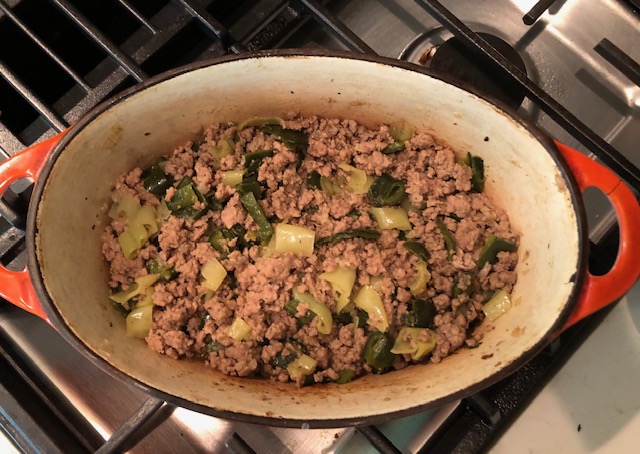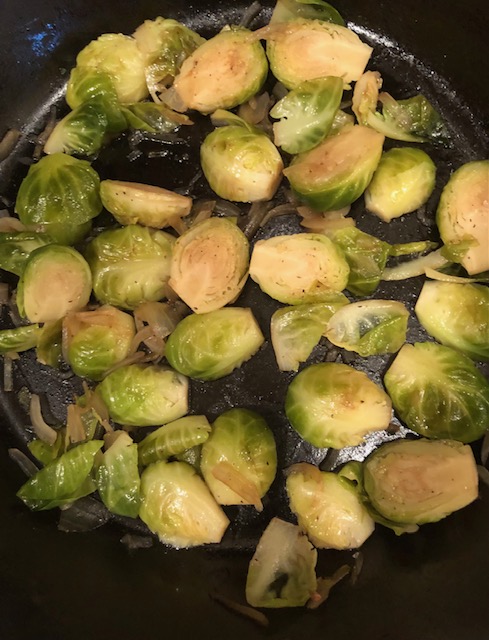Pork or Pork and Beef Meatballs,
Roasted
 |
| Pork Meatballs with Fresh Peach Salsa |
The recipe serves 4-6 persons as a main course or snack.
1 pound ground pork or a pork and
beef mixture
1 very small clove garlic, finely
minced
1 teaspoon salt
1/2 cup bread crumbs
1 egg
2 tablespoons water
2 teaspoons tomato ketchup
1/4 teaspoon oregano
1/4 teaspoon ground black pepper
A pinch of ground nutmeg
A pinch of cayenne
Mix all the ingredients together well, then knead the mixture with your hands until completely smooth.
Heat oven to 350 degrees.
Lightly oil a baking pan or cookie sheet, or spray it with baker’s spray, Roll the meat into 1-1/4 inch meatballs (easiest if using a small scoop to portion out the meat mixture first). A little water on your hands makes the meatball rolling easier. Place meatballs on the baking sheet with some space between them.
Bake the meatballs 6 minutes. Then
with a sharp spatula turn the meatballs and roast another 6 minutes. Turn the
meatballs again and bake for another 6 minutes, or until cooked through.
Serve on a platter with a sauce or
salsa drizzled over them.

















